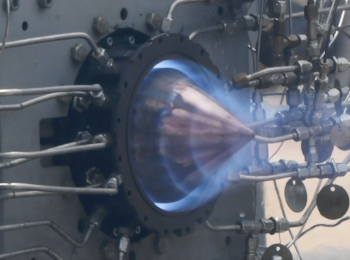Danish and American researchers that monitor satellites and weather stations in the Arctic report that the temperature has been at a record high, about 20 degrees Celsius above normal for the season. Also, the water temperature is close to 4 degrees higher than normal.
Record warm
Scientists are surprised and alarmed at the record warm temperatures.
“It’s been about 20C warmer than normal over most of the Arctic Ocean, along with cold anomalies of about the same magnitude over north-central Asia. This is unprecedented for November,” said research professor Jennifer Francis of Rutgers university to The Guardian.
A major reasons for the record warm autumn in the Arctic is that the extent of sea ice in the summer was one of the smallest ever measured.
The ice on the ocean that freezes and melts each year has fallen by more than 30 percent over the past 25 years. It has its smallest spread ever recorded in late November.
According to the US National Snow and Ice Data Center, about two million square kilometers less ice than normal has been formed since September.
An effect of the sea freezing later in the year is that it also affects the ice growth for next year, which will have consequences for the climate. Scientists warn that ice extent next year could be even less than in the record year 2012.
The warmer than normal temperatures during the Autumn have affected the jet stream according to Francis.
The reduced temperature difference between the Arctic and mid-latitudes have “.. helped make the jet stream waiver and allowed more heat and moisture to be driven into Arctic latitudes and perpetuate the warmth. It’s a vicious circle,” she added.
Climate Change
The researchers are confident that this year’s high temperature is an effect of climate change.
Jennifer Francis is convinced that the cause of the high temperatures and ice loss is climate change. “It’s all expected. There is nothing but climate change that can cause these trends. This is all headed in the same direction and picking up speed.” she said to The Guardian.
“What we are seeing is both surprising and alarming. This is faster than the models. It is alarming because it has consequences.” said Rasmus Tonboe to The Guardian, who is a researcher at the Danish Meteorological Institute, DMI.
Tipping point?
Some scientists warn that this year’s unusually mild autumn in the Arctic may be a sign that the climate is heading toward a tipping point with global impact.
This summer sea ice in the Arctic has shrunk more than usual. The spread was the second lowest since records began. The more open seawater, the less the reflected rays of the sun as they would have made of white snow and ice – the heat remains. A self-reinforcing effect with darker surfaces absorbing more heat leading to even darker surfaces.
This, in turn, leads to more moisture in the air, more precipitation, more ice on land that thaws and rising temperatures for the permafrost.
There are large amounts of the powerful greenhouse gas methane stored in the permafrost – which if released – will contribute to the greenhouse effect.
There is so much methane stored in the permafrost, that if it is released into the atmosphere, it may have an incalculable impact.
What happens in the Arctic plays a big role for the whole planet. Large weather systems are affected when the temperature differences between north and south are reduced. One example of such a system is the Gulf Stream that might be slowing down as a result of climate change.
A 2015 study suggests ‘that the Gulf Stream has weakened by 15-20%’. Scientists speculate that a shutdown of the Atlantic Meridional Overturning Circulation (AMOC) may trigger the type of abrupt massive temperature shifts which occurred during the last glacial period with a series of so-called ‘Dansgaard-Oeschger events’ of rapid climate fluctuations.
Arctic Resilience Report
A major new study of the consequences of climate change for ecosystems and societies, Arctic Resilience Report, was published this week.
It is the first evaluation conducted in which the researchers are taking a holistic approach to changes in ecosystems and communities in the Arctic.
The report warns that the effects of climate change around the North Pole could have incalculable consequences that spread globally. If all the land ice in the arctic region would melt, including Greenland, the world’s oceans would rise by 7 meters.
References:
Resilience; ARR; Arctic Resilience Report
US National Snow and Ice Data Center: 2016 Data

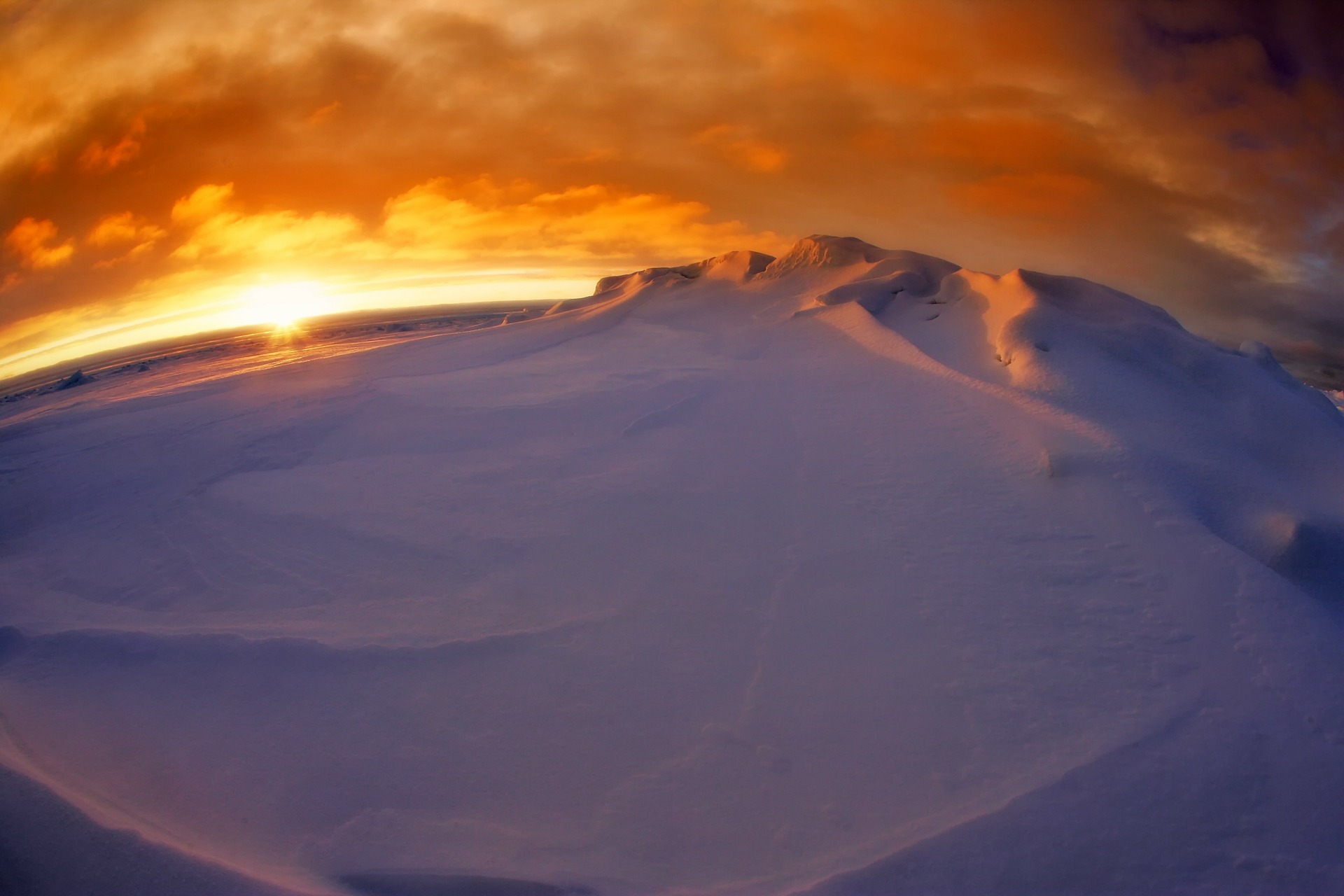
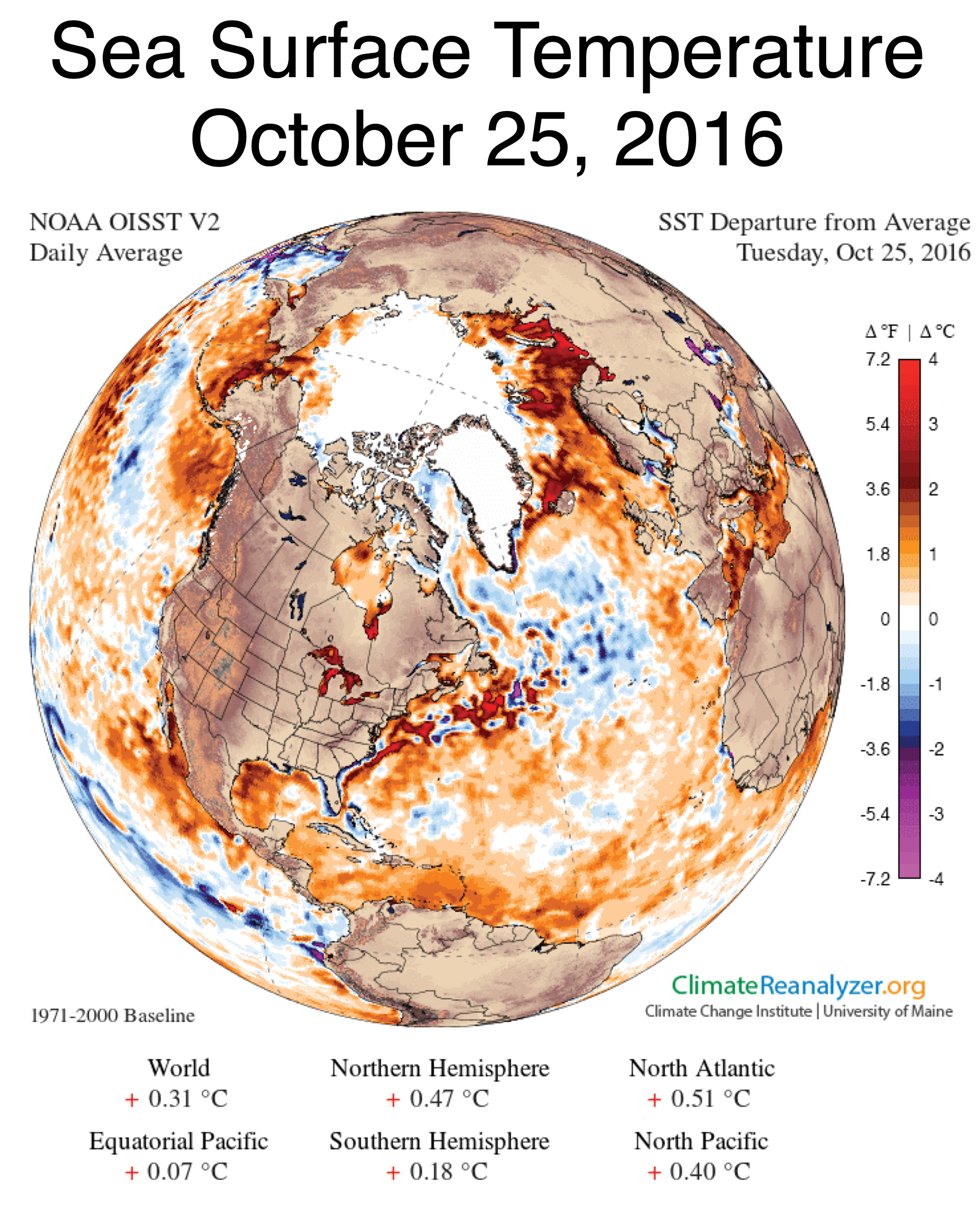


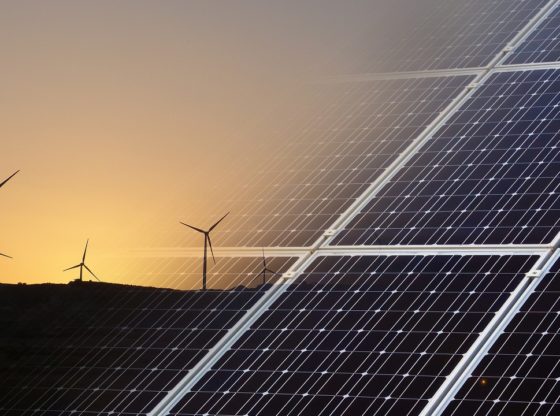
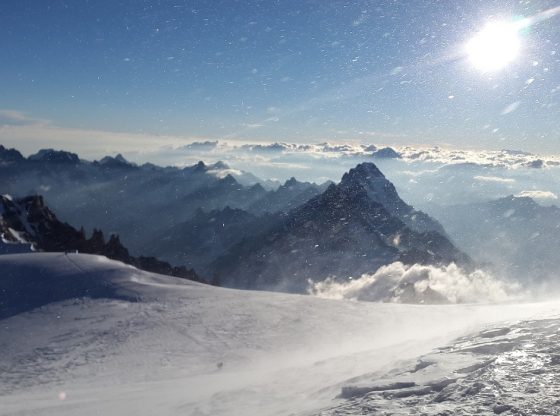
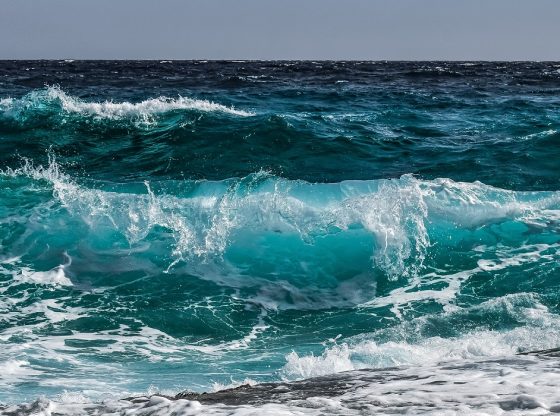
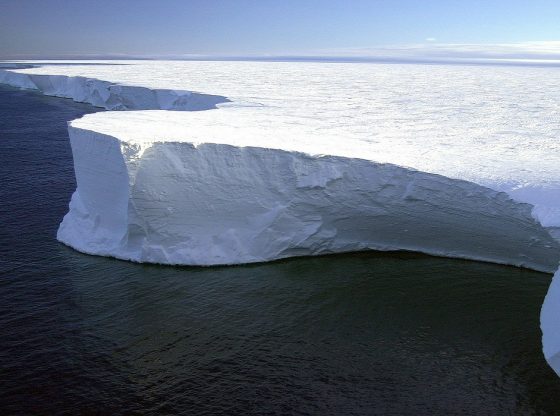
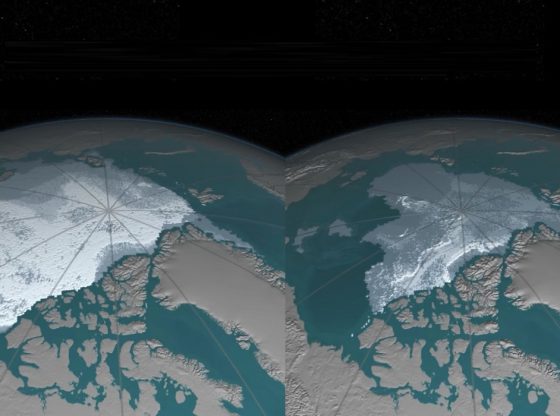
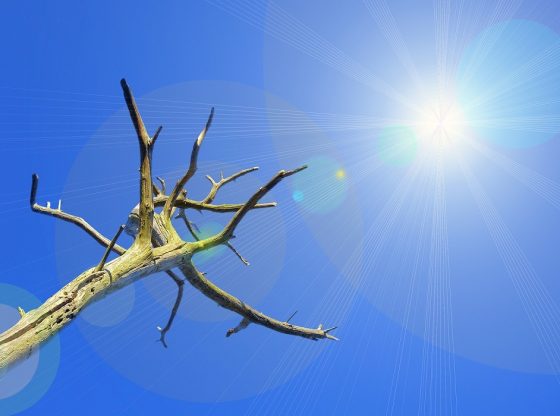
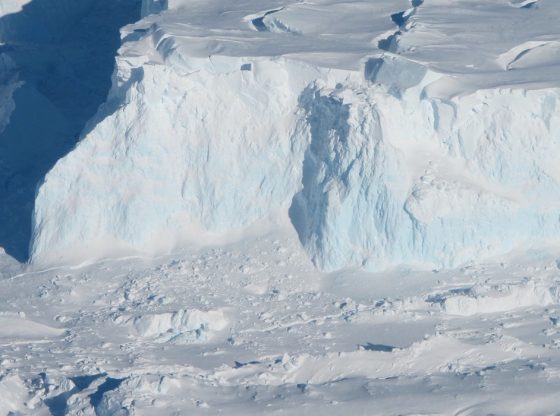
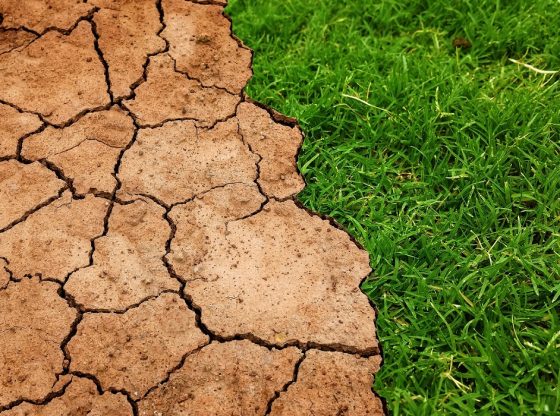
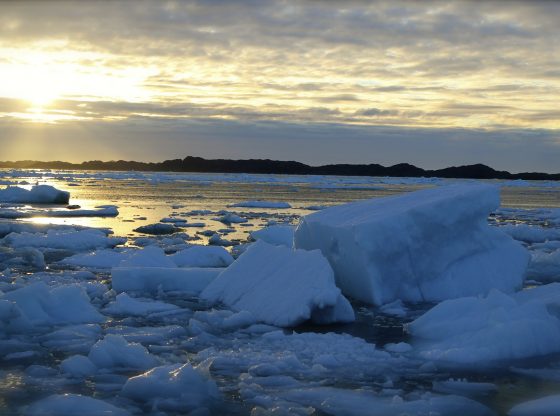

![OpenAI. (2025). ChatGPT [Large language model]. https://chatgpt.com](https://www.illustratedcuriosity.com/files/media/55136/b1b0b614-5b72-486c-901d-ff244549d67a-350x260.webp)
![OpenAI. (2025). ChatGPT [Large language model]. https://chatgpt.com](https://www.illustratedcuriosity.com/files/media/55124/79bc18fa-f616-4951-856f-cc724ad5d497-350x260.webp)
![OpenAI. (2025). ChatGPT [Large language model]. https://chatgpt.com](https://www.illustratedcuriosity.com/files/media/55099/2638a982-b4de-4913-8a1c-1479df352bf3-350x260.webp)








